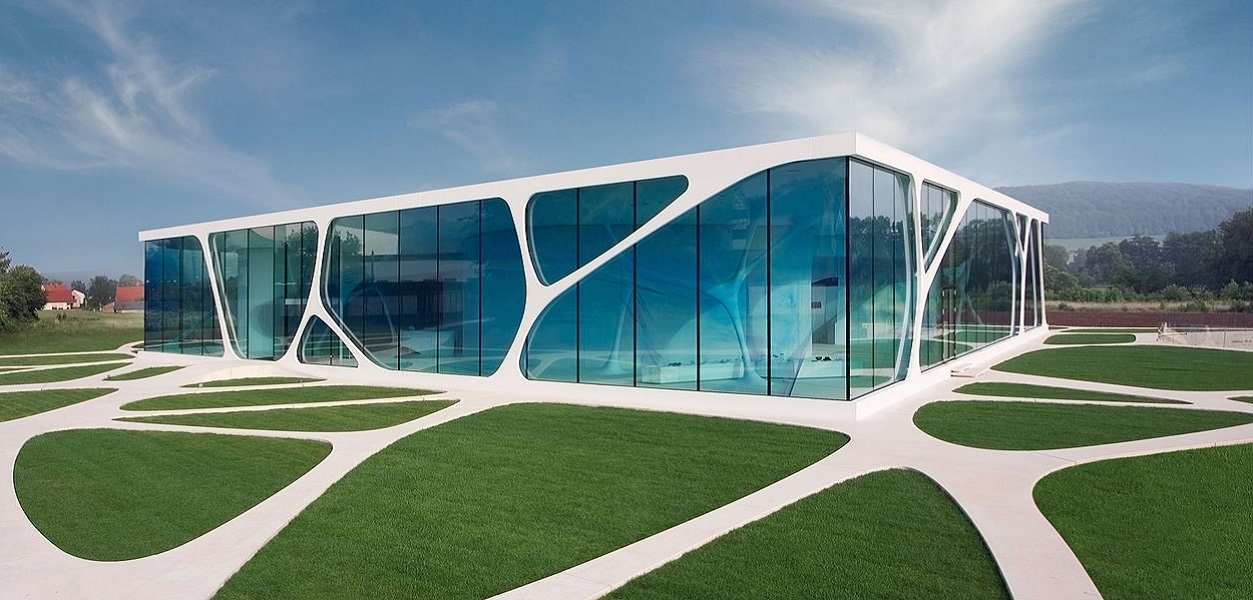Why Architecture Matters
In Why Architecture Matters, Paul Goldberger, who holds the Joseph Urban Chair in Design and Architecture at The New School in New York City, takes readers on a remarkable architectural journey to discover how architecture affects us emotionally as well as intellectually. Architecture is a part of daily life for everyone, whether or not we realize it, and Goldberger shows what buildings do for us beyond keeping us out of the rain. Ultimately, through considering fundamental things like proportion, scale, space, materials, texture, shapes, light, and memory, he shows us why architecture matters. The following is comprised of excerpts from Why Architecture Matters.
 Architecture begins to matter when it goes beyond protecting us from the elements, when it begins to say something about the world—when it begins to take on the qualities of art. You could say that architecture is what happens when people build with an awareness that they are doing something that reaches at least a little bit beyond the practical. It may be as tiny a gesture as painting the front door of a house red or as grand an undertaking as creating the rose window of a cathedral. It can be as casual as a sliver of decorative molding around a window or as carefully wrought as the ceiling of a Baroque church. A clapboard farmhouse with a columned porch is architecture; so is a house by Frank Lloyd Wright in which every inch of every wall, every window, and every door is part of an elaborately considered composition. Wright liked to say that architecture began when he started building his sprawling modern houses on the American prairie; Mies van der Rohe said, more poetically and also more modestly, that the origin of architecture was in the first time “two bricks were put together well.”
Architecture begins to matter when it goes beyond protecting us from the elements, when it begins to say something about the world—when it begins to take on the qualities of art. You could say that architecture is what happens when people build with an awareness that they are doing something that reaches at least a little bit beyond the practical. It may be as tiny a gesture as painting the front door of a house red or as grand an undertaking as creating the rose window of a cathedral. It can be as casual as a sliver of decorative molding around a window or as carefully wrought as the ceiling of a Baroque church. A clapboard farmhouse with a columned porch is architecture; so is a house by Frank Lloyd Wright in which every inch of every wall, every window, and every door is part of an elaborately considered composition. Wright liked to say that architecture began when he started building his sprawling modern houses on the American prairie; Mies van der Rohe said, more poetically and also more modestly, that the origin of architecture was in the first time “two bricks were put together well.”
The making of architecture is intimately connected to the knowledge that buildings instill within us emotional reactions. They can make us feel and they can also make us think. Architecture begins to matter when it brings delight and sadness and perplexity and awe along with a roof over our heads. It matters when it creates serenity or exhilaration, and it matters just as much, I have to say, when it inspires anxiety, hostility, or fear. Buildings can do all of these things, and more. They represent social ideals; they are political statements; they are cultural icons.
…
Architectural historian Vincent Scully has said that architecture is a conversation between the generations, carried out across time, and while you could say that this is true of all forms of art and culture, in architecture the conversation is the most conspicuous, the most obvious, the most impossible to tune out. We may not all participate in the conversation, but we all have to listen to it. For that reason alone, architecture matters: because it is all around us, and what is all around us has to have an effect on us. That effect may be subtle and barely noticeable, or it may shake us to the core, but it will never fail to be there.
Why X Matters is a series of books that present a concise argument for the continuing relevance of an important person or idea by featuring intriguing pairings of authors with subjects.


























